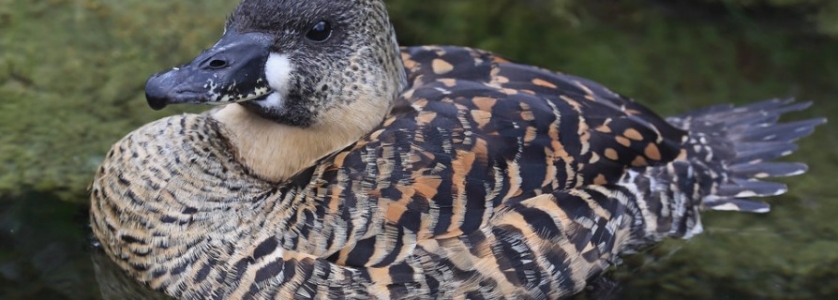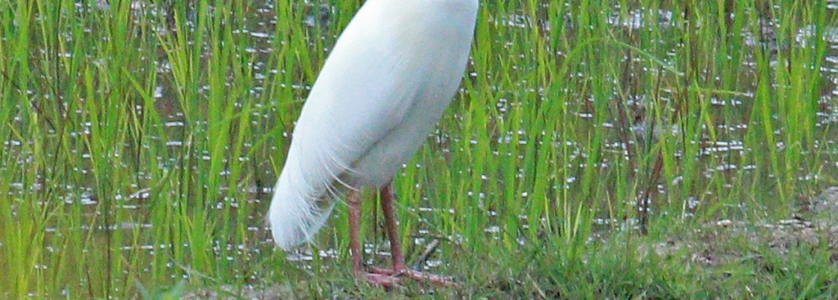

The shoebill stork is a very large stork-like bird in Uganda which is also known as the whale headed stork mostly found in the wet landed areas and Swamps of Uganda seen on Uganda birding safaris.
The Shoebill derives its name from the enormous shoe-shaped bill. Having a stork-like overall form, it is classified with the storks in the order Ciconiiformes (the birds that are long necked, long legged and bearing long bills) based on this morphology although the genetic evidence places it in the medium sized and large water birds.
The adult Shoebill Stork is mainly grey while the juveniles are browner. Spot this pre-historic shoe bill on Uganda birding tours and birding safaris in Africa
Classification (taxonomy)
The Shoebill species was known to inhabit the areas of ancient Arabs and Egyptians, although it was not classified until after the skin and live specimens were brought to Europe in the 19th century. John Gould who was an English ornithologist and bird artist described it in 1850, giving it the name whale head.
Recently, the Shoebill species has been considered to be more closer to Herons or Pelicans. The 1995 analysis made by Konstantin Mikhailov of the microscopic eggshell structure found that the egg shells of the Shoebills closely resembled those of other pelecaniformes (medium sized and large water birds) in having a covering of thick microglobular material over the crystalline shells.
Physical description of the Shoebill Stork
The Shoebill Stork is a tall species having a height that ranges from 110 to 140 centimetres. It has a length from the beak to the tail ranging from 100 to 140 centimetres together with the wingspan adding up to 260cm.
A male Shoebill is slightly big and larger than the female. It weighs on average 5.6kg and the female will weigh 5.9 kilograms on average.
It is one of the most sought after bird species during birding in Uganda and also African birding trips.
The species has a huge bulbous bill which is straw-coloured with erratic greyish markings hence its signature feature.
The top of the upper mandible has measurements of 24cm which is the third longest bill among extant birds after Pelicans and large storks.
It has sharp edges in the mandibles which help the bird to decapitate their prey and also to discard any vegetation after prey has been caught. The feet of the Shoebill are large with the middle toe reaching 18 centimetres in length which assists the species in the ability of standing on aquatic vegetation while hunting.
The layer of feathers for the adult shoebill stork is blue-grey with darker slaty – grey flight feathers having dark shafts.
More posts for you

Over 50 excellent reviews on Safaribookings.
 >
> 




